USER REPORT: The Noctilux of Hasselblad, the Zeiss 110 f/2 Planar by Jerry Bei
Hi Steve:
While I am waiting for the arrival of my Leica M typ 240 that I would like to share my recent experiences with a legendary Hasselblad lens, the Carl Zeiss 110mm F2.0 Planar lens. I am a big fan of super shallow Depth-of-field and bokehlicious images, I believe with the correct use of aperture that one can enhance the subject of the photo. The Hasselblad medium format film camera has been my companion for quite some time now, it is the “perfect” MF camera for me and part of this is due to the superb qualities of those Carl Zeiss lenses. After owning and shooting with a variety of these lenses, there is always a lens in back of my mind.
The Hasselblad 110mm F2.0 Planar lens is indeed a “dream” lens, just like the noctilux of Leica which outputs incredible bokeh and unique characteristics. I have been searching lens on the internet for quite a while since there are not too many of them available at once. There are basically two versions of the lens: the F and FE models of the lens. The F lens can only be used on focal plane Hasselblad bodies with built-in camera shutter and the FE version has some electronic parts specially designed for FE series Hasselblad bodies such as the 203FE, which demands a higher price tag for its more modern electronics. My lovely 2000 FC/M camera that I did my street photography work with has broken down due to focal plane failure so I upgraded to a more recent model, the 201F with a cloth focal plane shutter rather than fragile titanium ones in the 2000FC/M. It is the perfect match with the Hasselblad 110mm F2 lens and this combination works like a charm.
The first thing you notice when you are holding the lens is quite heavy, coming at 750 grams, which is significantly heavier than my Hasselblad 100mm F3.5 C lens. The F version of this lens were produced between 1991-1998 and the construction consists of 7 elements/5 groups with the aperture ranges from an insane F2 to F16 in 1/2 stop increments. Keep in mind that F2 in the Medium Format world is approximately similar to F1 in the 35mm format, which produces incredibly shallow paper-thin DOF. In practical use, the lens at the start was very challenging to use, especially for living subjects on the streets that I like to photograph but once you get used to it then everything becomes easier. Just as a side note, I would recommend for Hasselblad users to change their focusing screen to either Matte or Matte D with increased brightness/clarity when working with this lens, which helps significantly in practical use. The filter size for this particular lens is in bayonet mount (Bay 70) and I would recommend the 77mm UV size adapter since this is a much affordable option.
The performance of the Hasselblad 110mm F2.0 Planar lens is truly remarkable, it deserves to wear the crown of super-fast lenses in the Medium Format world. The rendering is typical Zeiss with tendency to the warm side with vivid colours and the out-of-focus areas are pleasing to the eye with smooth bokeh. The images coming out of this lens are very sharp, probably not as sharp as the Hasselblad 100mm F3.5 lens since that one is the sharpest but the 110mm lens possesses very unique and special characteristics. If you like super-fast lenses and looking for a unique lens in the medium format world then the Hasselblad 110mm lens cannot be missed.

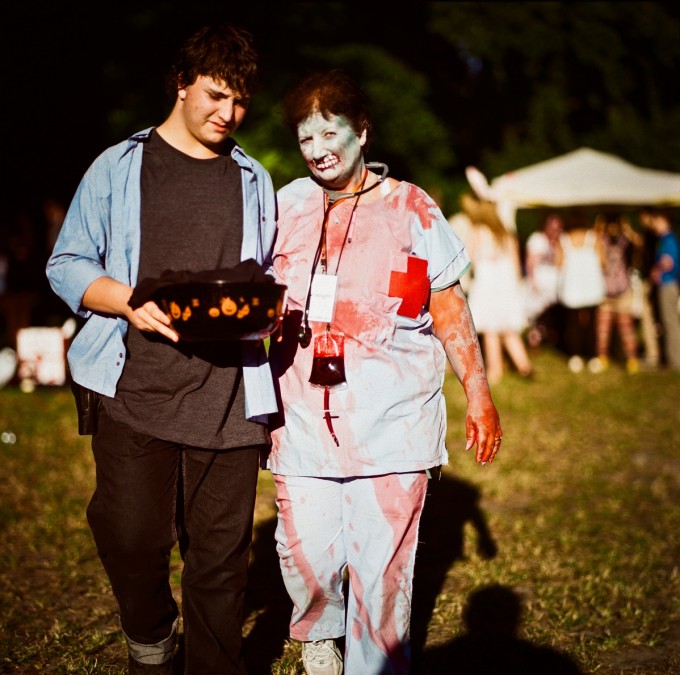
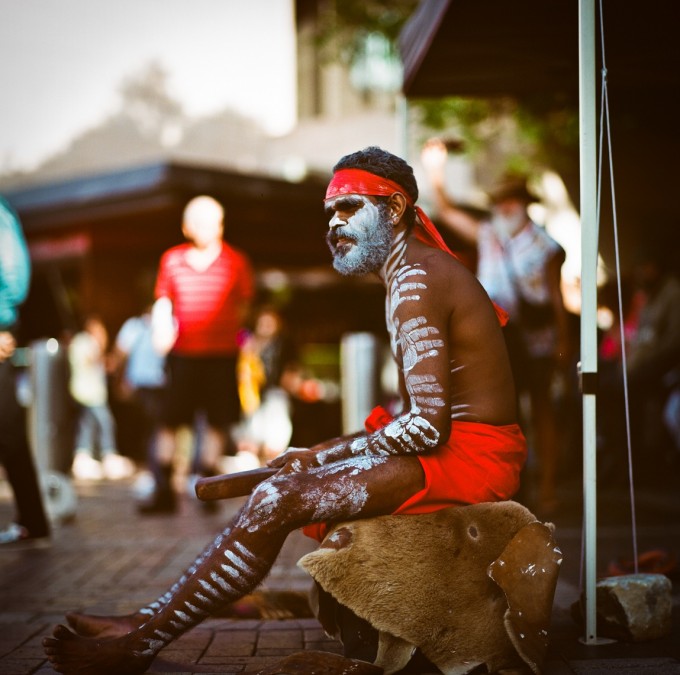
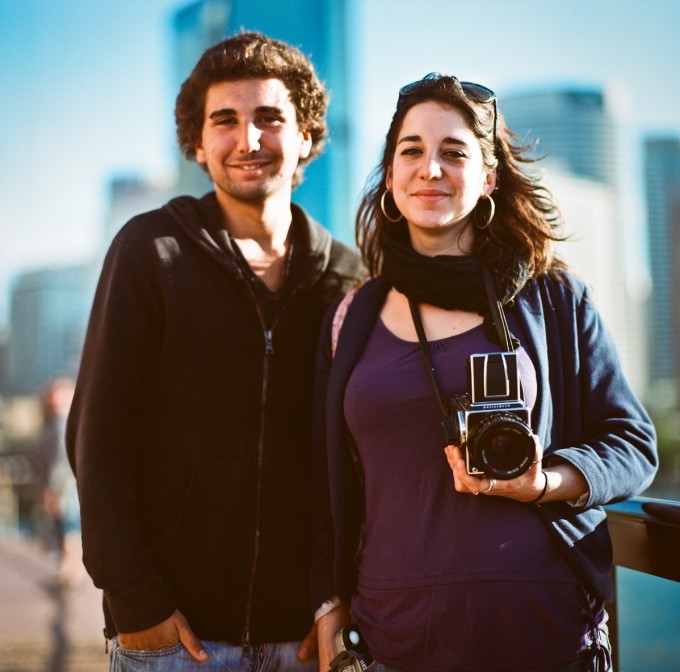
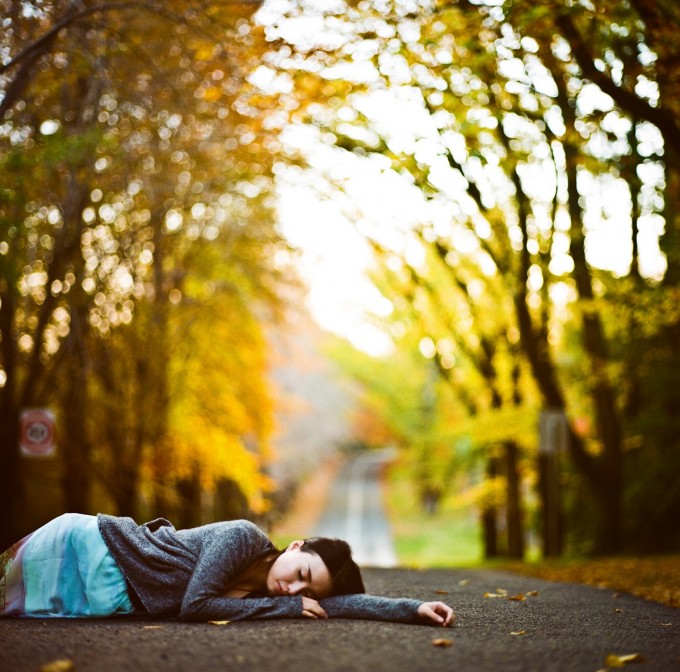
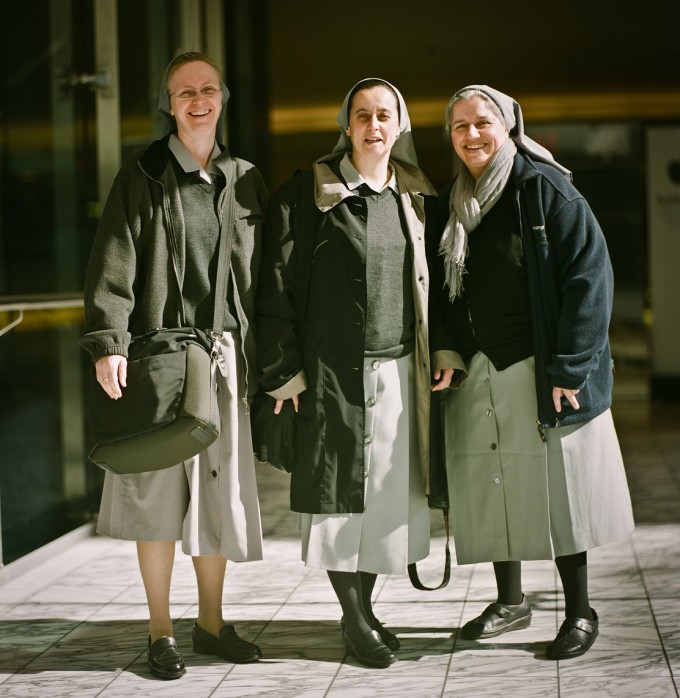
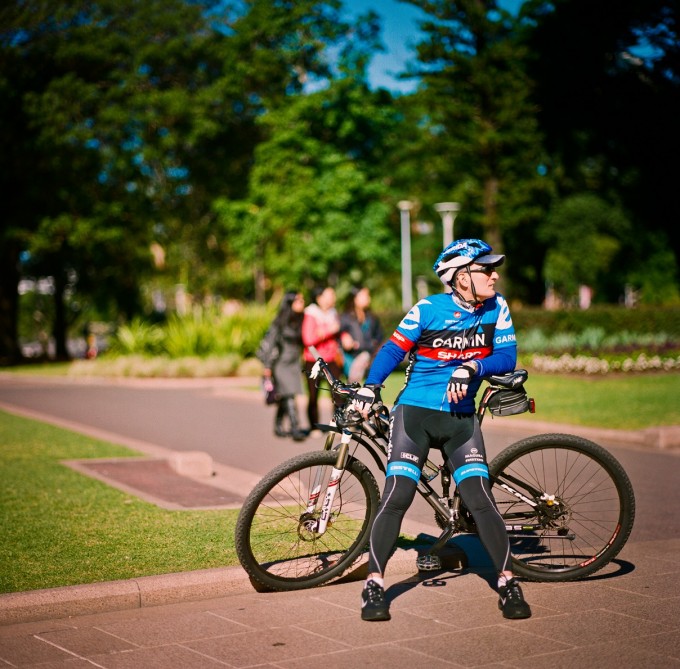


I _love_ the 110 f/2, too.
I just hope my 2000FC/M will still last for a while – they make an ideal pair.
The rendering of this lens is very special – perfect for portraiture.
Then, one should own the 50 f/2,8 and the 150 f/2,8 – I think one can pass the 80 f/2,8 and the 100 f/3,5…
Keep the good work going!!!
Wonderful photos, congratulations! I´m just about to buy a C. Zeiss Planar 110mm f1.2, but I have a Hasselblad 500cm. Unfortunately the lens does not have a built-in time shutter. Do you happen to know if there is any way I can adapt it to my 500cm body, so there is a shutter function? :S
I believe there are only two versions of the Zeiss Planar 110mm F2.0 lens, which is the F and FE version. You will need a Hasselblad body that incorporate with in-camera shutter and the 2000FC/M is an alternative at a similar price to the 500cm.
The two people shot, were one is holding the old 500cm looks a bite out of focus. But I do see how shallow the DOF is. That 100m F3.5 Planar is touted to be one of the sharpest lens ever made. Good stuff.
I once shot a picture of a uncle of mine wide open @ F2.8 because I wanted to use 1/500 on my fathers old Kodak, what a wonderfull picture . Isolation of subjects images helps to bring the main subject to the foreground for sure. Your examples are very tell and educational. Thanks form an old film guy.
I actually don’t think the bokeh in a couple of the samples is especially good. It is quite “nervous”, and clearly shows backgrounds as overlapping out of focus discs of light rather than a smooth rendering of tone and brightness. Certainly not what I would called “bokehlicious” when compared to a lens such as the Minolta 135mm f2.8 STF lens for 135 format.
Thanks, it all comes down to personal preference and tastes really, if you like Minolta then just keep shooting with it.
Hi Jerry, I’ve seen your pictures on Flickr with this setup and already have many starred! Great to see your article here.
The fourth image is my favourite, I like all in that series you’ve share on flickr. Lovely background with the Autumnal colours and the winding road drawing your eye back through the picture. Just enough bokeh for subject separation and abstraction of the background without completely blurring it into mush and killing the scene – you see so much of that, people going for the shallowest possible depth of field – when as you’ve shown here it’s about careful control over just how far you want to go. This lens renders bokeh like no other I’ve seen.
I recently bought a Hasselblad 503 after a year or more of kicking the idea about. I can hand on heart say it’s the most enjoyable experience I’ve had using a very long time.
I have also bought this lens, you and others have shared wonderful examples of the rendering its capable of in good hands. I now just need to wait for a 200/2000 series body at the right price. In the mean time, I’ll shoot the 503 and just wait for my chance to use my own 110.
Keep sharing!
Great to see ongoing articles on vintage cameras and lenses here too, every bit as exciting to discover as the new gear – even more so for me.
Hi James, thanks for seeing my work and the lovely compliments. You have some great work by the Hassy too! The process of shooting a Hasselblad is like none other and it is indeed a very clam and enjoyable experience, pair up with a good lens/film it becomes a very unique combo. 503 is already a excellent camera but this legendary lens needs a 200/2000 series to perform its magical qualities, I am sure the time will come very soon for you. Hope you will enjoy this lens as much as I do! Keep shooting!
Nice idea for an article. I myself have a 2000FCW and 201F, and a 110/2 and a 50/2.8. Great gear, but much heavier than the C/CF lenses, especially the 50mm!
Nice example shots, too. I like the aborigine shot best, then the girl laying on the road. Looks like you’re missing focus on a few, but they still capture a mood.
I have been watching your YouTube videos and enjoted them. You are the most knowledgable Hasselblad V system user on there. The 110 f2 is a magical lens and I know you have been enjoying it as much as I do. Anyways, keep up the love and passion on Hasselblad! Cheers Mike!
I am so glad to see these Hasselblad images. Remember my days of learning how to shoot with a tripod setup 503CX, composing carefully in the view finder and using a one-degree spot meter extensively to minimize wasteful shots.Those were my technique learning days. And I still remembered what went through my mind when I took those memorable pictures.Somehow I lost that connection using digital cameras shooting in machine gun style.
Shooting medium format film does indeed have it’s magic and charm.
I love the #2 shot…creamy bokeh goodness, interesting (and sharp) subject. Image #1 is soft, image #3 one of the two people is OOF…the other shots are OK. Just my unsolicited opinion:)
Hi
Thanks for showing these, great images and the nostalgia trip takes me back… And wish I had kept my 110f2 which I owned twice, once with the 2000 and later with 200 series cameras. A fair bit of weight but the results were amazing.. The early ones were pre digital era and my regret was not having an easy route to a digital back with it – I ended up with a H series and in the end hand and arms problems meant it was too heavy to lift with prism and zoom or the ultra wide angle.. And now a 2000 or 500, waist level finder and on the later a digital back would be wonderful.
The 110mm is definitely worth the extra weight but it’s always good to have a lighter option for the long term. Cheers Martin.
Your excellent photographs proves how important good bokeh is to catching the essence of what you are in fact photographing. Nice work.
I liked the biker shot. Any comments as to its comparison with the or 150 or 180 Sonnar f/4 wide-open? Did you use Ektar 100? Photos appear to be high contrast, and maybe ruddy on my pos screen. My favorite film would be Portra 160.
Hi Johnathan, yes I have used the 150mm but not the 180mm, in terms of sharpness I would say the 110mm is equally sharp wide open but provides two more stops of light.
I have used Ektar 100, probably sharpest of all 120 colour films with a really natural skin tones. The high contrast might be due to the film types, I love the portra as well, some of shots were done with portra 160VC.
That last photo. Just WOW. That is all lol.
Bokalicious indeed. Added you to Flickr, really enjoying the images 🙂
Thank you!